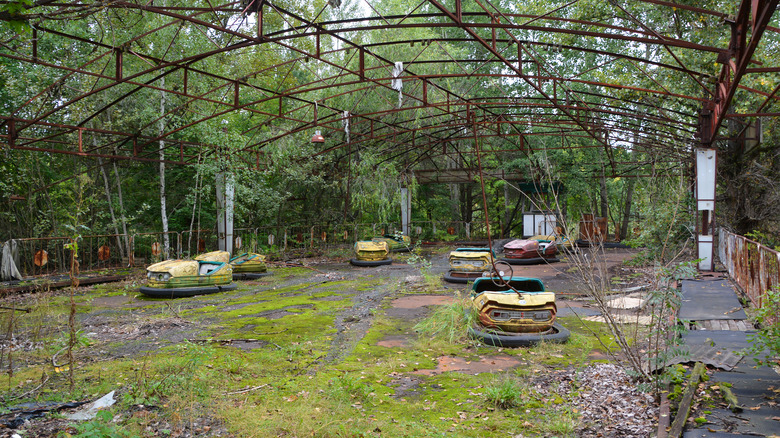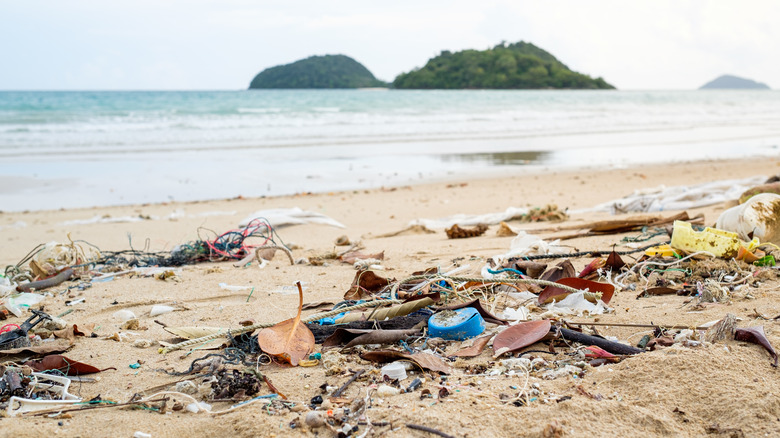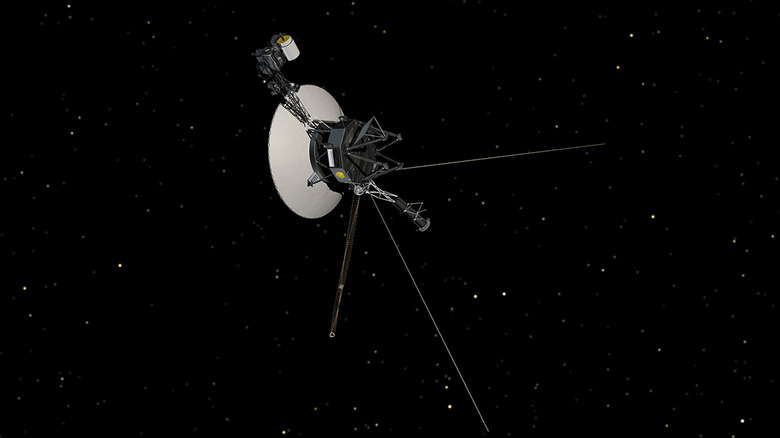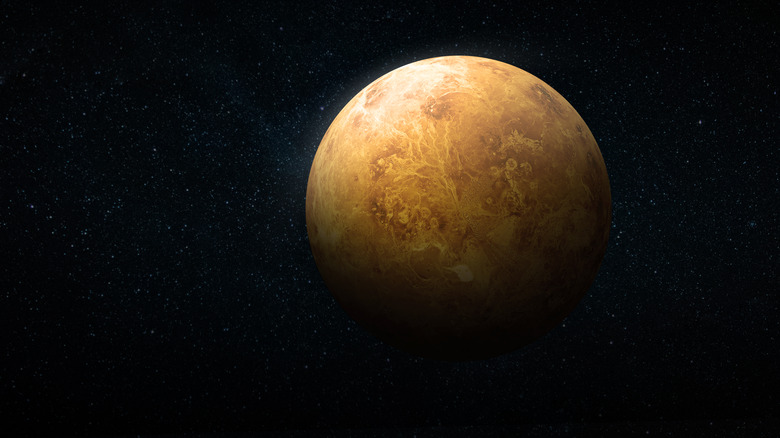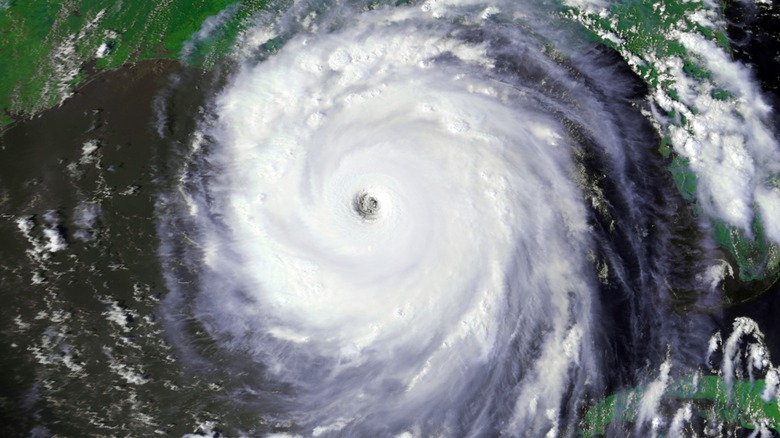
This Is What Would Happen To Earth If Humans Went Extinct
If you’re a normal human being, you’ve no doubt thought about the end of the world from time to time — or, more specifically, the end of the human race. There are countless ways that humans could go extinct, from a global nuclear war to a random asteroid impact. In fact, some scholars think that the end of humanity isn’t far off. Phys.org reports that Australian microbiologist Frank Fenner has predicted that humanity could go extinct within a century due to overpopulation and climate change, plus the resource wars that will result. Other experts are more optimistic than Fenner, of course. But the COVID-19 pandemic has offered us all a grim reminder of the fragility of our species.
With that in mind, we were curious: What would the world look like if humans went extinct? Specifically, let’s assume that some disaster wipes out humanity but leaves the rest of the planet mostly unharmed — something like a deadly, human-only pandemic. What would happen to the rest of the plants and animals living on Earth, and what traces would humans leave behind?
Naturally, when we think about human extinction, the first thing we imagine is Mother Nature “reclaiming” the land that humanity stole from her. As Science Focus points out, this is exactly what happened when humans evacuated the 18.6-mile-radius exclusion zone around the Chernobyl nuclear power plant after that plant’s reactor meltdown in 1986.
As cities are reclaimed by nature, domesticated plants and animals would likely die out
In the decades since the Chernobyl evacuation, plants and animals have flourished in the exclusion zone, with one 2015 study finding “abundant wildlife populations” of mammals, from elk to boar. As Science Focus states, this suggests “that humans are far more of a threat to the local flora and fauna than 30 years of chronic radiation exposure.”
Science Focus further notes that the rate at which different cities are “reclaimed” by nature depends heavily on the region’s climate. Deserts are slow to overtake civilization, which is why ancient ruins are particularly well-preserved in areas like the Middle East. But cities in more tropical regions, especially near rainforests, will be overtaken by wild flora and fauna in a few centuries or less.
Unfortunately for them, many plants and animals living on Earth today are reliant on humans for their survival. For example, we humans have domesticated thousands of species of crops, genetically modifying them to suit our needs. Science Focus reports that these plant species, especially those reliant on man-made pesticides and fertilizers, would quickly die out, replaced by their wild cousins. Furthermore, “the sudden disappearance of pesticides will also mean a population explosion for bugs.” This would be followed by a population explosion of the animals that eat bugs (birds, rodents, reptiles, and so on), and then a population explosion of the species that eat those smaller animals, and so on up the food chain.
Remaining species would have to deal with climate change, pollution, and radiation
This swelling in the food chain would quickly contract as bug populations collapse due to a shortage of consumable crops and an excess of predators, leading to a subsequent collapse in the population of those predators, and the higher tier predators, and so on up the chain. Eventually, after a century or so, these food chain reverberations would die down as nature settles into a “new normal.”
But enough about crops and bugs. You’re no doubt wondering what would happen to your beloved pet if humanity were to perish. Unfortunately, Science Focus reports that the outlook isn’t too good. In the event of a human extinction, most domesticated species, besides some “wilder” breeds of sheep and cows, would quickly die off at the hands of wild predators. Dogs, likewise, are predicted to be outcompeted by wolves in the race to survive. But the same may not necessarily be true of cats. “Cats are a very successful non-native species all over the world,” says Alan Weisman, author of “The World Without Us.” “Everywhere they go they thrive.”
But the species that do survive will have a difficult time. Although humans will be gone, our environmental effects will remain; most notably, climate change. Even with humanity dead, the Earth will keep warming for many years to come; the concentration of greenhouse gases in the atmosphere “will take tens of thousands of years to return to pre-industrial levels,” per Science Focus.
Space probes would be the final remnants of humanity
With humans gone, Earth’s species will also have to deal with pollution, oil spills, chemical leaks, and explosions as the industrial system breaks down. Likewise, per Science Focus, all of humanity’s nuclear reactors would melt down without us to maintain them. While nature was able to reclaim one exclusion zone, it’s unclear what effect the simultaneous meltdown of Earth’s 450 nuclear reactors would have on the environment.
Additionally, humans will leave behind billions of tons of plastic. However, per Popular Science, certain microbes may one day evolve with the ability to eat that plastic, as some bacteria in the early stages of this process have already been discovered. Besides plastic, concrete roads and glass structures will remain visible for millennia, until eventually being broken and buried by natural processes like storms and earthquakes. And, of course, all physical signs of human civilization will be eliminated when the swelling Sun swallows the Earth in 7.5 billion years.
But even then, some indications of humanity will remain. The radio and other electromagnetic waves that Earth has been emitting over the past century will continue to travel out into space. However, per Science Focus, these signals will become too weak to discern from the universe’s background noise after several million years. Thus, assuming they’re able to avoid any crashes, the final remnants of humanity will likely be the five space probes that we’ve launched to travel outside the Solar System: Pioneer 10, Pioneer 11, Voyager 1, Voyager 2, and New Horizons, per Discover Magazine.

The Surprising Age Of The Youngest Soldier In World War I

The Dramatic Way The Printing Press Changed History Forever

Here's What Would Happen If Britain Got Rid Of Their Monarchy

What The Last Few Days Of Osama Bin Laden's Life Were Like

The History Of Archangels Explained
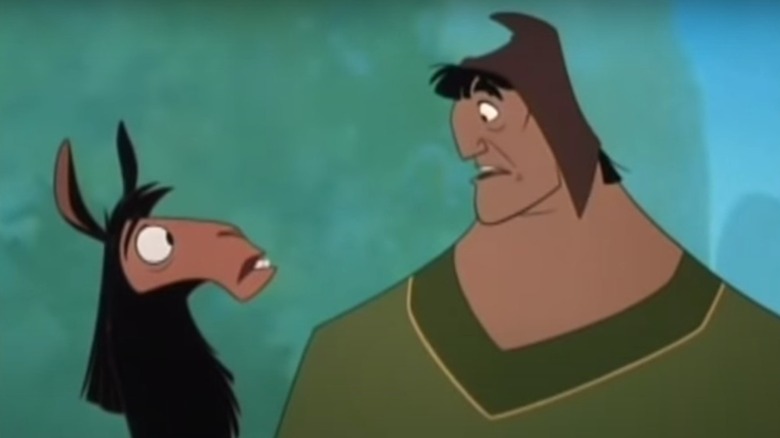
The Truth Behind The Emperor's New Groove
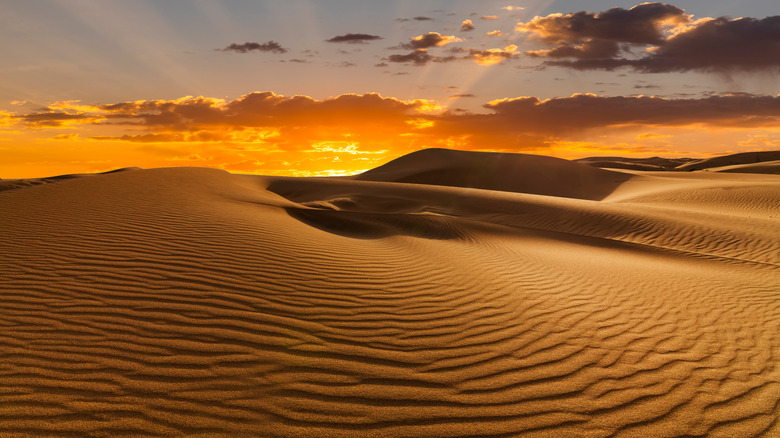
Mysteries Of The Desert You've Never Heard Of

How Charles Dickens' Last Wishes Were Ignored
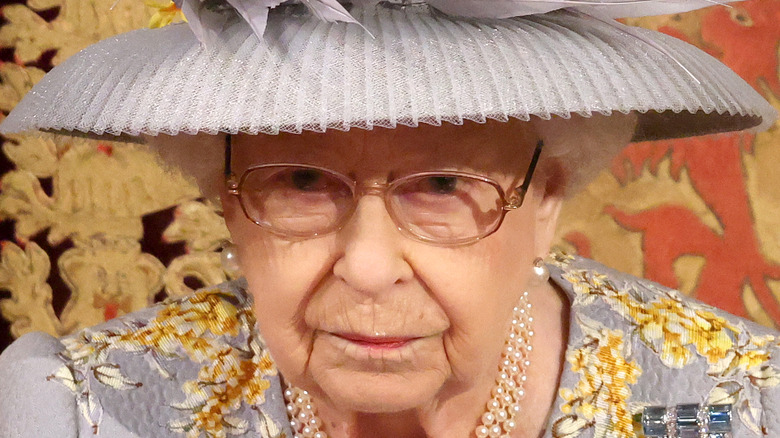
What Really Happened With The Intruder In Queen Elizabeth's Bedroom

How The Richest Family In America Got So Rich
